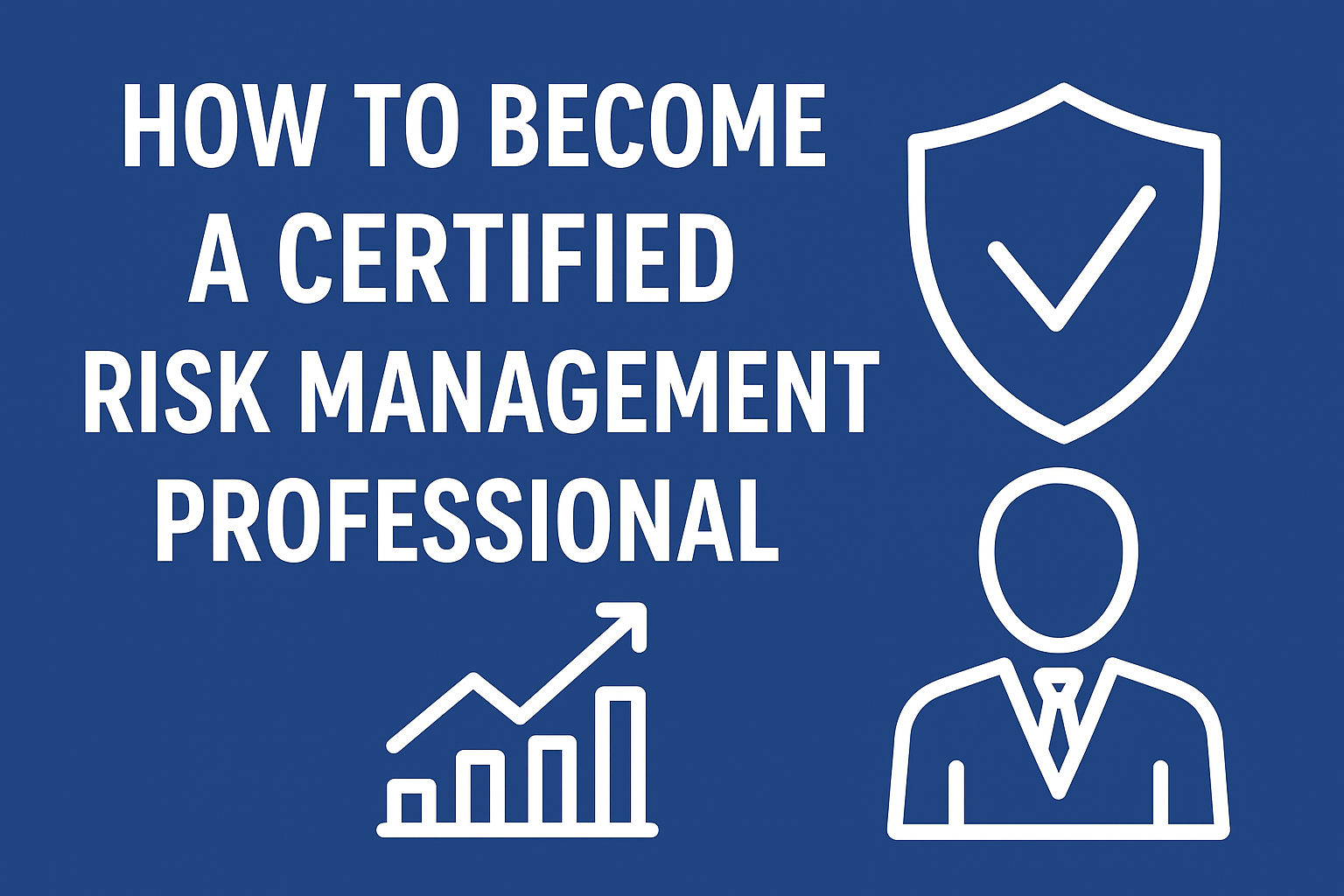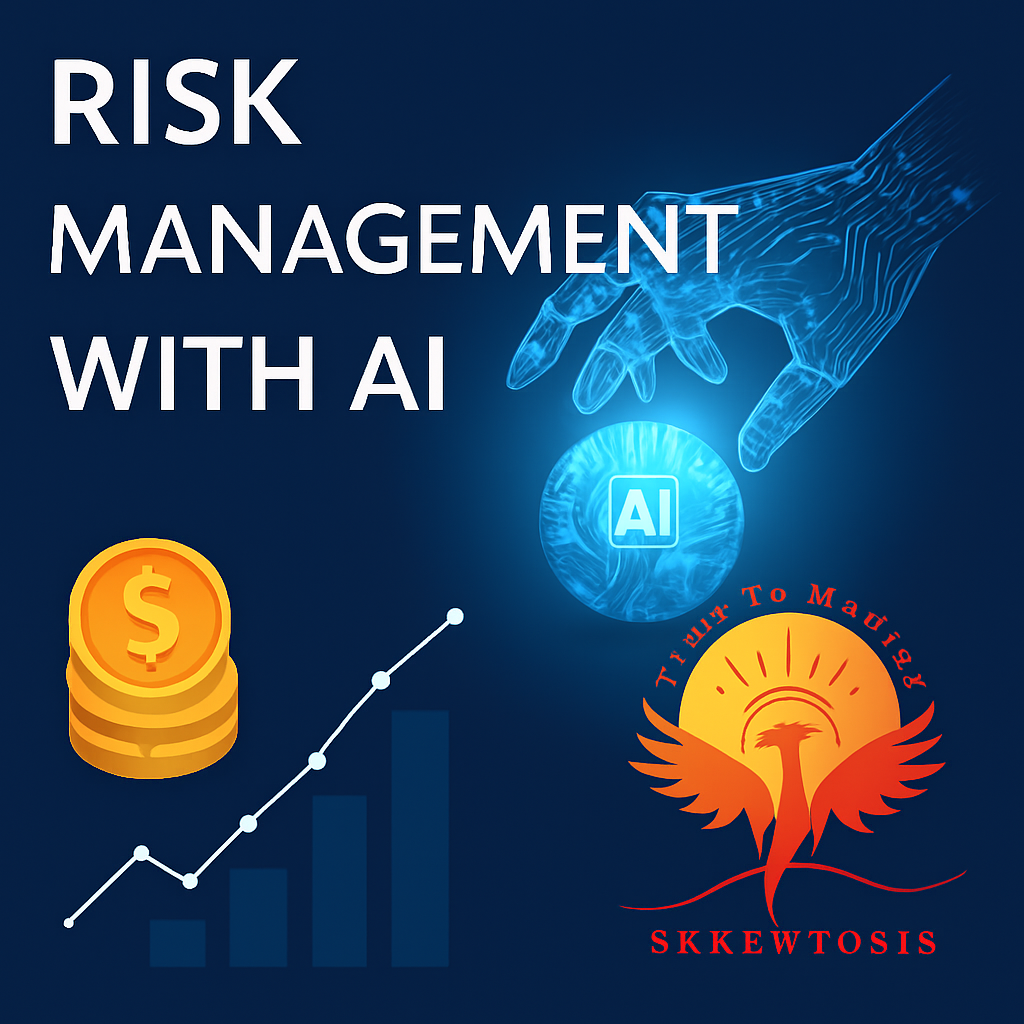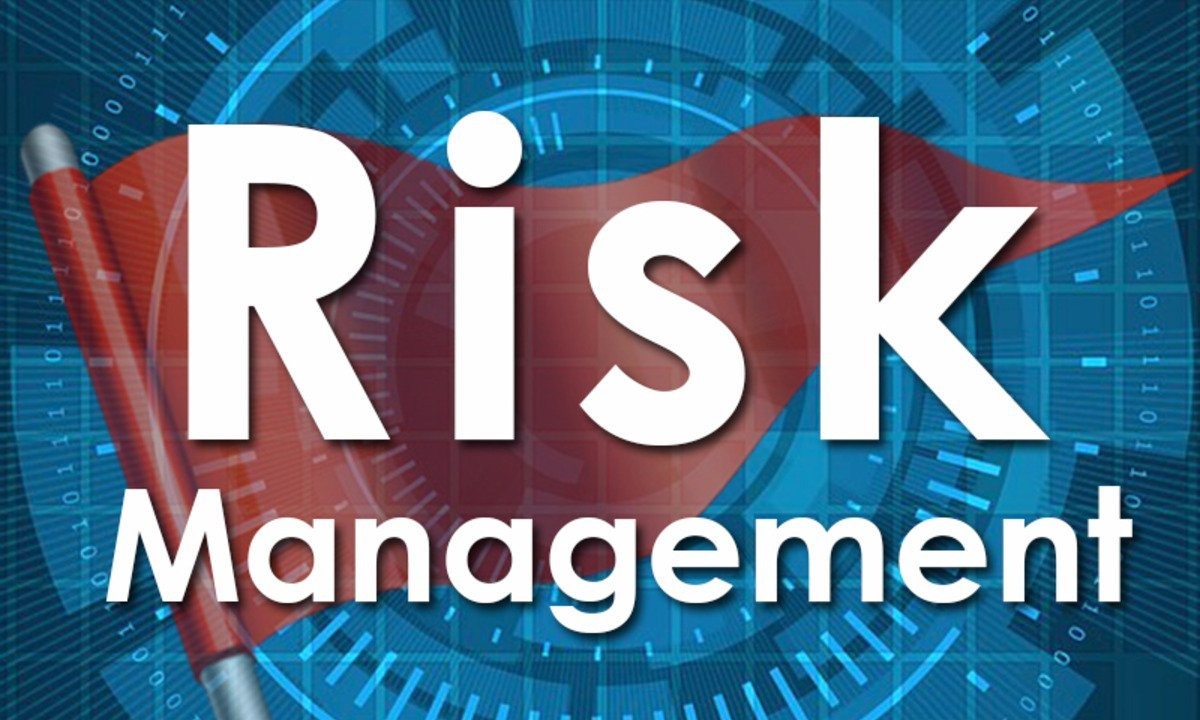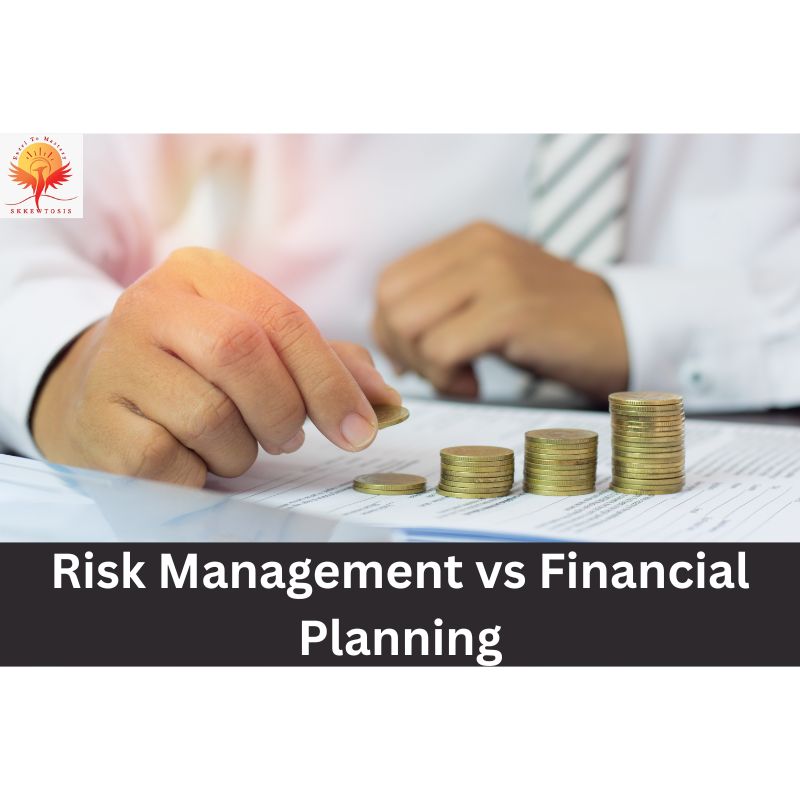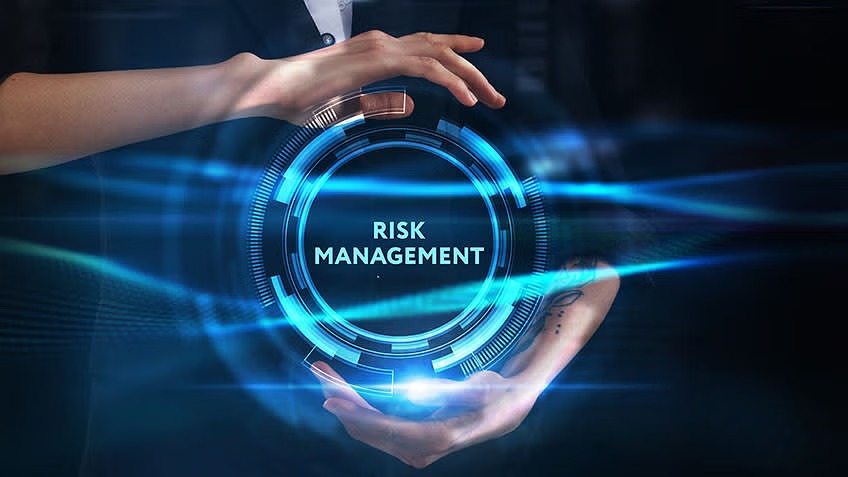
AI-Based Decision Support Systems in Construction Risk Management
Effective risk management in construction and infrastructure projects significantly determines project success. Construction risk management strategies still using a manually driven, historical data-based approach. Modern advancements like Artificial Intelligence (AI) integrated in construction and infrastructure risk management at Decision Support Systems (DSS) level significantly affect the identification, examination and mitigation of construction risks. AI-based DSS approach the risk management challenge with a data-driven, foresight-oriented, and proactive perspective.
AI DSS Systems
AI-based Decision Support Systems integrate sophisticated platforms that comprise of data processing and machine learning with an engineering and knowledge-based system to facilitate human decisions. In construction, AI DSS synthesizes data from historical records, project plans, and even sensors, to inch weather forecasts and financial data to formulate even actionable recommendations.
Tailored recommendations for each construction project are curated through an analysis of the aforementioned data sources streamlining predictive risk analysis. AI DSS enhance human-driven construction project management through task automation by pattern recognition and risk foresight detection.
Major Use Cases in Construction Risk Management
1. Risk Detection and Assessment
AI can now assess unstructured data from past projects, supply chains, and even site conditions to evaluate potential risks. With the help of NLP technologies, legal documentation can be reviewed to extract and annotate sections that present compliance risks.
Machine learning algorithms are also capable of predicting potential safety risks, cost overruns, and even delays by identifying emerging problematic signals in the project data.
2. Analysis and Simulation
AI technologies integrated with Decision Support Systems (DSS) permit construction managers to run multiple simulation scenarios with the help of AI tools. The system, for example, can calculate the repercussions on the project calendar if a vital supplier misses a payment deadline. Anyone who is part of the project can now leverage certainty and validate their responses.
3. Optimization of Resources
Risk in construction can result from the wrong allocation of resources. AI technologies can improve the scheduling of workforces, as well as the assignment of equipment, to minimize downtime, eliminate congestion, and improve the overall operational productivity while also cutting back on operational risks.
4. Safety and Compliance Monitoring
AI can utilize IoT sensors and drones to monitor a job site’s safety conditions in real-time. They can nofity site leaders to unsafe practices, danger zones, and broken equipment in real-time. These AI safety systems enable a proactive approach to safety, enhancing compliance and minimizing accidents.
Advantages of AI in Risk Management
-
Enhanced Precision: AI uses factual evidence to make decisions.
-
Instantaneous Analytics: Alerts and reports are sent to the leaders in real-time.
-
Risk Management: AI can now forecast potential losses and trigger alerts before they are incurred.
-
Bots and AI: Scheduled preparations and lesser halts facilitate timely and economical project execution.
Challenges and Considerations
Construction risk management using AI may offer increased efficient but face the following roadblocks:
-
Legislative Compliance: Policies concerning the use of AI while accounting social and legal obligations needs careful consideration.
-
Transformations: Existing processes and ways of working will be replaced and need to be absorbed.
-
Legal Compliance: AI’s execution of actions must adhere to social obligations and be devoid of bias.
Professionals with backgrounds in market risk validation training may find these AI-powered tools particularly valuable, as they blend analytical rigor with domain-specific insight.
Conclusion
The implementation of AI in Decision Support Systems is revolutionizing construction risk management with precision, speed, and enhanced reliability. With the modern construction landscape growing in complexity and dependency on data, the use of AI technologies in risk management is crucial. Adoption of these technologies is going to help construction management professionals in eliminating potential risks, streamlining business functionality, and executing successful construction projects in a dynamically evolving context.

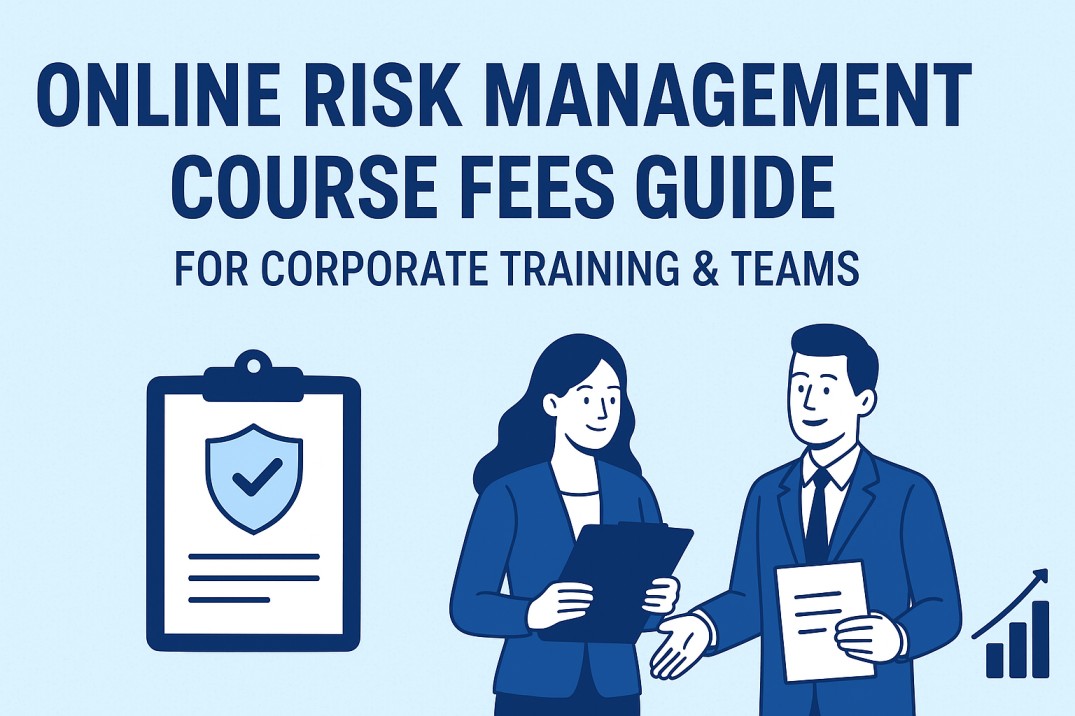

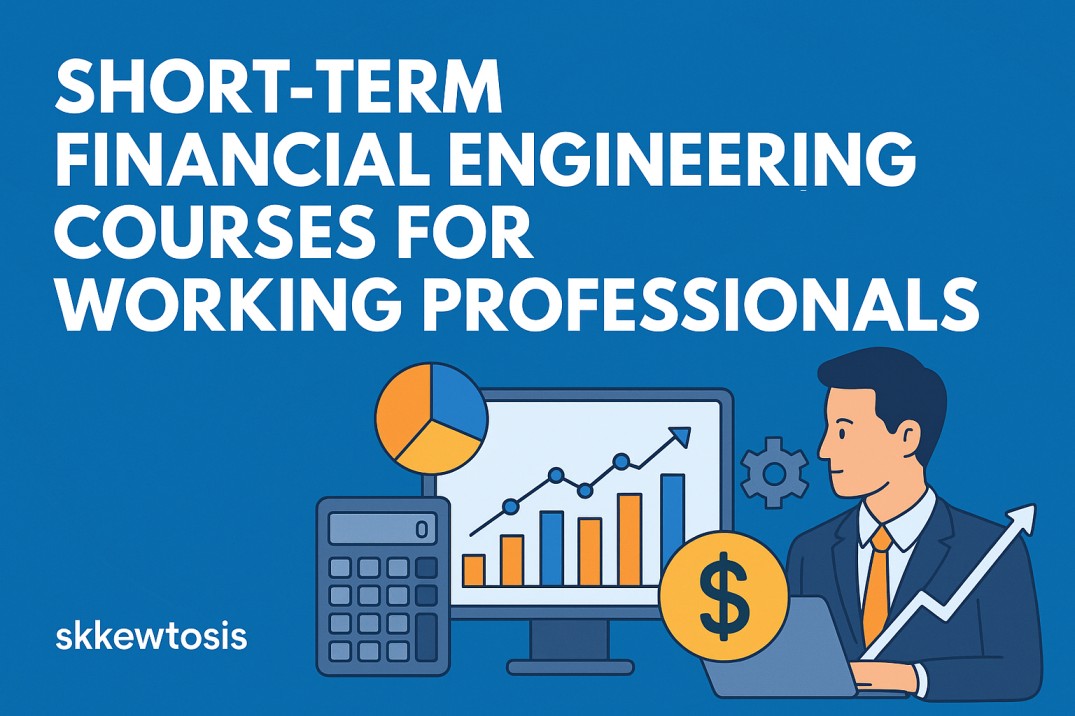

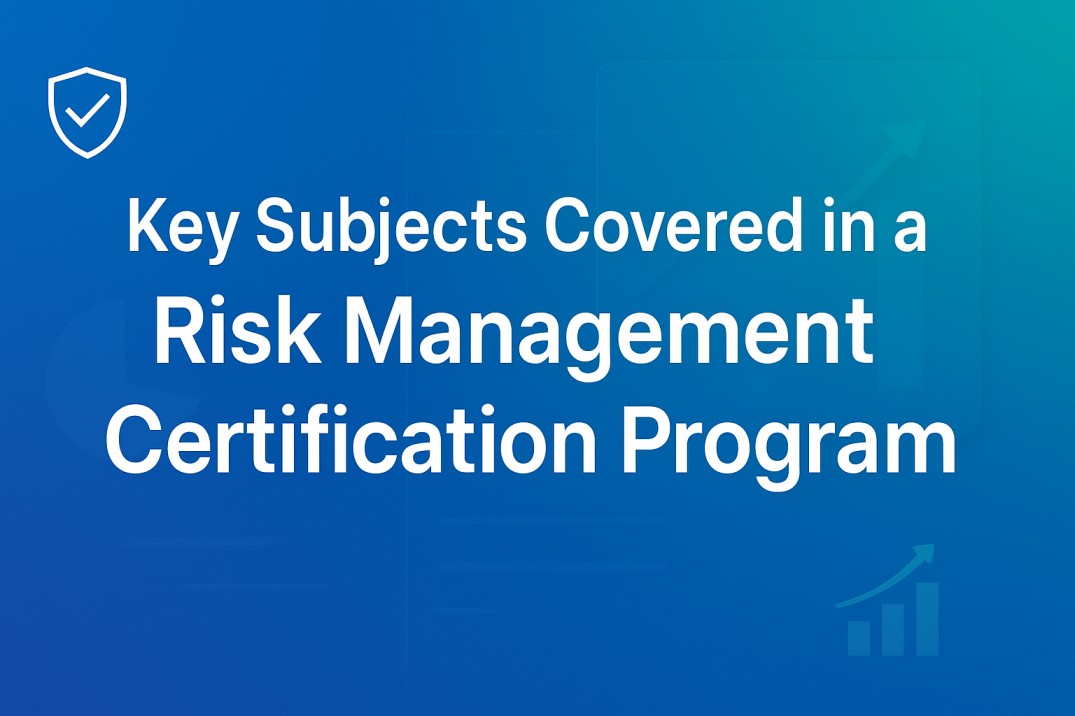
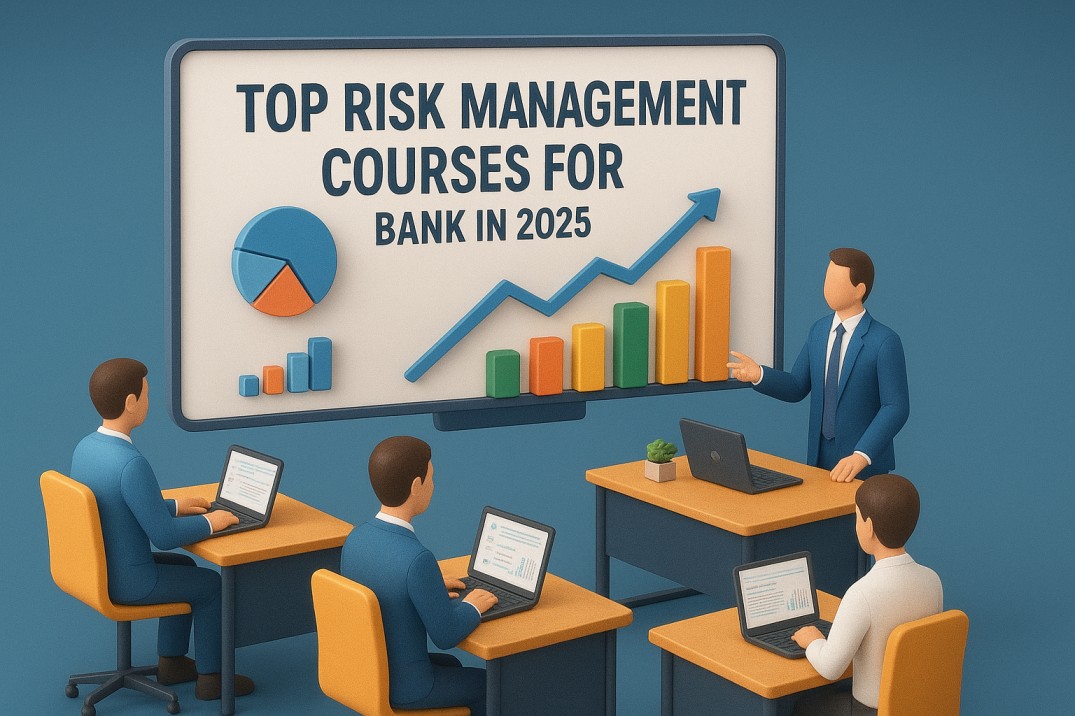
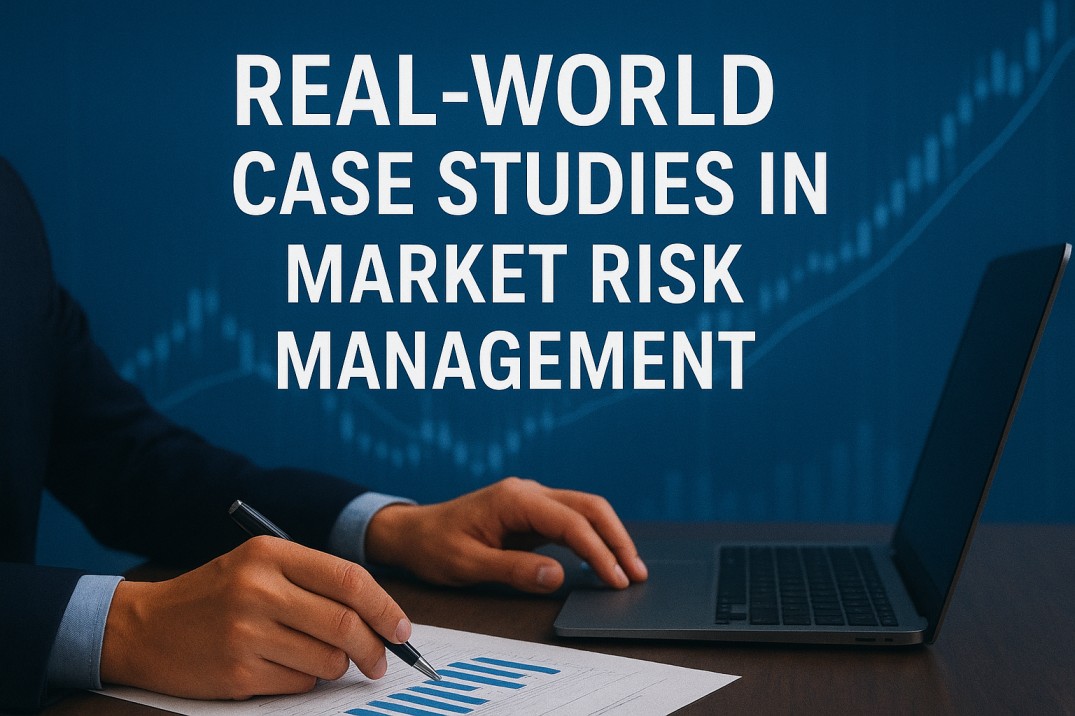
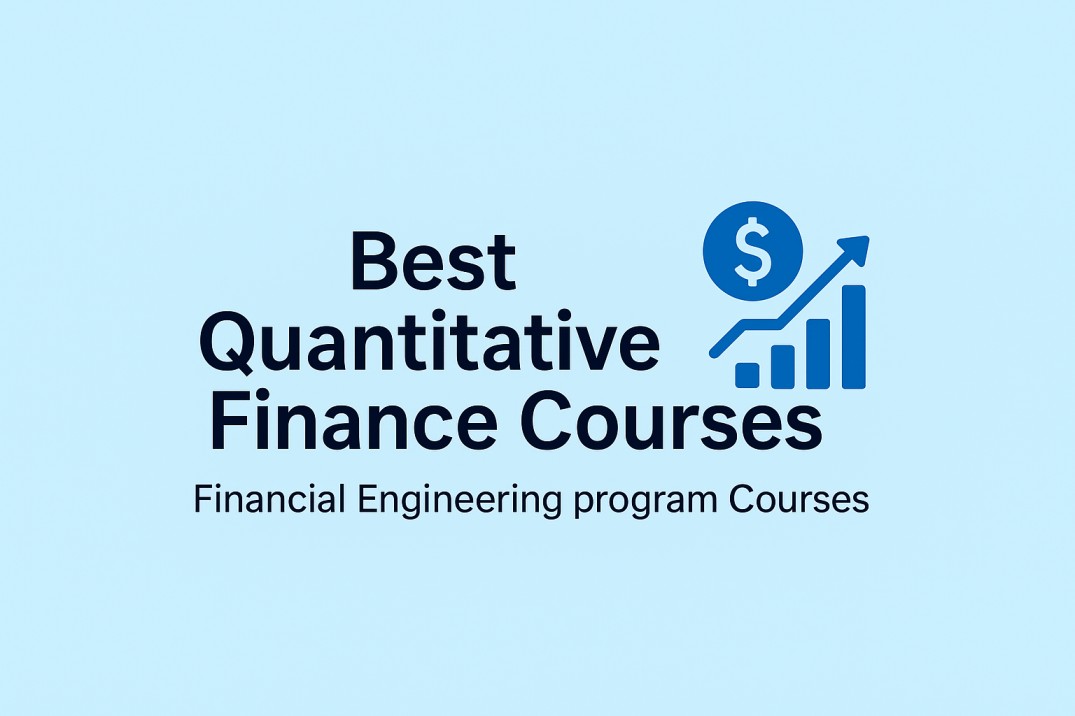
.jpg)
.jpg)
.jpg)
.jpg)
.jpg)

